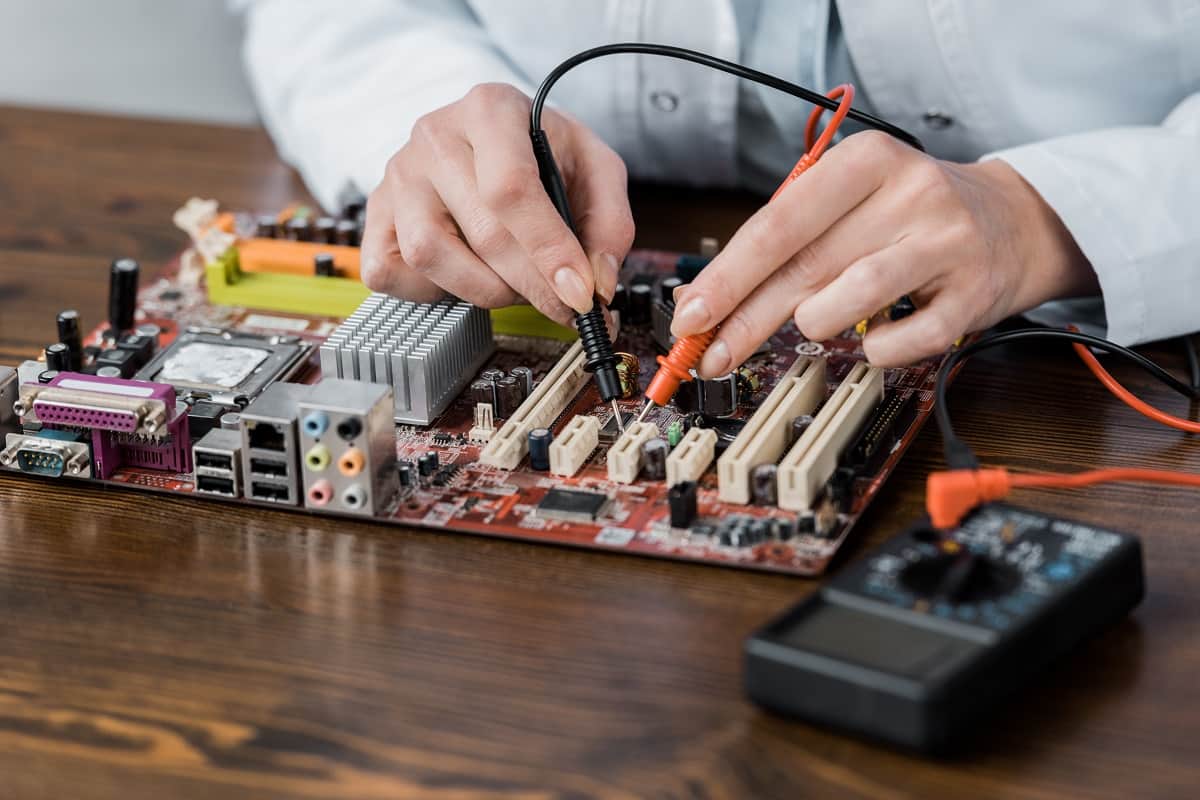Asides moisture and temperature, light is another important factor for plant growth. It greatly influences the rate of plant photosynthesis and metabolic activities. The major source of light for plants is the sun. However, in recent times, the artificial means to provide plants with light have increased. The artificial means requires the use of a special type of light source called grow lights. Perhaps you have heard about this type of light source and wondered how to use them. This article would guide you on how to use grow lights.
Contents
What is a grow light?
Grow lights are an artificial source of light aimed at providing adequate and appropriate light to promote photosynthesis resulting in optimized plant growth. Most grow lights are powered by electricity. Grow lights can be used for indoor gardening, food production, horticulture and even growth of aquatic plants.
Grow lights have also been adapted in the agriculture department, particularly in countries with a low supply of sunlight. They are mostly used at commercial production levels. Since it helps to provide light in the absence of sunlight, it has a great influence on the development of indoor farming. A botanist from Russia, Andrei Famintsyn, was the pioneer for growing plants using artificial light. Now you can grow your favorite flowering plant without putting it on your window. There are no more restrictions to plant growth due to varying light duration.
How do they work?
Most grow lights are designed to function just like the sun by providing a light spectrum that is closer to that of sunlight. Sometimes, they are specific to a particular plant. Plant growth is affected by three properties of light which are intensity, duration and light spectrum. The use of grow light allows you to control all these light properties.
DON’T MISS: 5 Best smokeless indoor grills
For the light duration, you can time your light source to toggle between being active or switched off. Light intensity, which is the measure of light received per time, is determined by the grow bulb and power supplied into it. The light spectrum, which explains the content of a light source, is influenced greatly by the type of grow light used. On the basis of the light spectrum, there are different categories of this grow bulbs which are red-light, blue-light and full-spectrum bulbs.
There are different types of grow lights. They include fluorescent lights, incandescent lights, HID lights, LED lights, halogen lights and gardener’s grow light. The halogen and incandescent ones generate much heat and produce a better amount of red wavelength. The fluorescent and LED (light-emitting diodes) grow light are better energy savers with low heat given off. The HID lights, high-intensity discharge lights, are more popular but they generate enormous heat.
The HID lights utilize an electric-powered gas discharge method principle, hence, they require metal salts. The LED Lights use semiconductors to produce light.
How to use grow lights?
It is very easy to use grow lights, however, you need to be very cautious. Some grow lights can negatively influence plant growth especially those that generate too much heat. You must not get them too close to the plants. Definitely, you won’t be planting tuber crops like yams in your home. To start with, let’s go to some plants that do well under grow lights. Plants such as tomatoes, orchids, carrots, ginger, lettuce, scallions, and even flowers can be grown under grow lights.
You need to consider the number of plants you will be growing. Also, you need to consider the plant you will be growing. You must consider your budget and space available for growing. Some plants require a short duration of light supply, some may survive under average supply and some may require longer durations. Some plants such as begonias require a short duration, tomatoes prefer longer duration while foliage plants can manage an average supply of light. The average duration is about 10 hours. Regardless of the plant, you will be growing, you will spend more depending on the number of hours you power the lights.
You have to pick the right type of grow lights. Incandescent lights are less expensive but consume more electricity while HID lights are more expensive but consume less electricity. It is advisable to use HID lights if you are growing a large number of plants. HID lights also provide more light intensity. It is very nice to have a spare light should anyone gets faulty.
Having considered the aforementioned criteria and the plants are germinating, find a cool location, preferably an empty room, in your building. Purchase quality lamp holder and install them in the location. Ensure that the lamp holders are not too close to or far from the plants. Although the distance may vary, a distance of 30 cm is decent enough.
You need to work on light duration after the lights are installed. You need to regulate the amount of light supplied based on the type of plant you are growing. The plants need periods to rest and respire, hence, you need to switch off the glow lights at regular intervals. You can use a timer switch as it may be more accurate and energy-saving.
Ensure that the plants receive the same quantity of light by rotating the plants at least every week. As the bulb ages, the bulbs begin to get dim and less effective, particularly fluorescent grow lights. Therefore, you need to check the bulbs and replace them. When dust or dirt accumulates on the bulbs, they become less effective. As a result of that, ensure that you check the bulbs regularly to clean off any dirt. Ensure you adjust the lamp distance as the plants grow towards them.
Conclusion
If you do not know about grow lights, this article explains it better. It also explains how to use it. The successful growth of your plant is also dependent on other factors such as seed viability, growth substrate, water quality and supply, and fertilizer. Your budget is an important factor to consider if you will be going into activities that require grow lights.
The HID lights remain the best grow lights but are more suitable for larger plant populations. If you only need to grow lights for your ornamental plant, you can purchase fluorescent grow lights.
Jim Powell
Jim is our staff editor and writer. He has a degree in engineering. His hobbies are radio engineering and new technologies about which he has been writing for more than 7 years.



